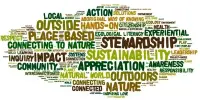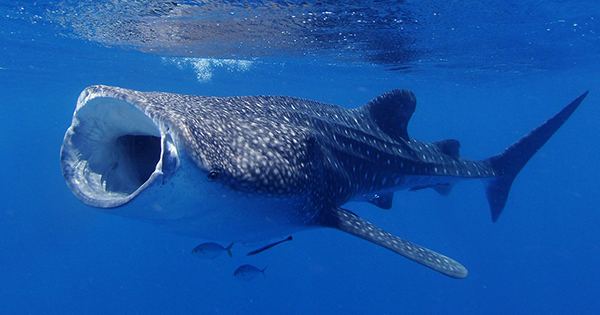Natural resource management (NRM) is the management of natural resources such as land, water, soil, plants, and animals, with an emphasis on how management affects the quality of life for both current and future generations (stewardship). It refers to the use and conservation of Earth’s resources in order to meet the demands of current and future generations. It entails the proper management, monitoring, and planning of natural resources such as land, water, air, minerals, forests, and biodiversity.
The goal of effective natural resource management is to strike a balance between economic progress, environmental protection, and social well-being. It is concerned with controlling the interactions between people and natural settings. It combines natural heritage management, land use planning, water management, biodiversity conservation, and the long-term viability of enterprises such as agriculture, mining, tourism, fisheries, and forestry. It acknowledges that people and their livelihoods rely on the health and productivity of our landscapes, and that their activities as land stewards play an important role in sustaining this health and production.
Natural resource management focuses on a scientific and technological understanding of resources and ecology, as well as the potential of those resources to support life. It is analogous to environmental management. Natural resource sociology is closely connected to, but distinct from, natural resource management in academic contexts.
Key principles and components of natural resource management include:
- Sustainable Development: The fundamental goal is to guarantee that natural resources are not depleted or degraded beyond their ability to replenish. This entails supporting behaviors that suit present needs without jeopardizing future generations’ ability to meet their own.
- Conservation: It is critical to protect and preserve ecosystems, species, and habitats in order to ensure biodiversity and ecological equilibrium. Conservation efforts frequently include the establishment of protected areas as well as the enforcement of restrictions to prevent overexploitation.
- Resource Allocation: A major part of management is determining how resources are allocated and divided among various stakeholders, such as government agencies, corporations, indigenous communities, and the general public.
- Land Use Planning: Careful planning is necessary to determine how land is used for agriculture, urban development, infrastructure, and natural areas. Sustainable land use planning considers environmental impacts, land tenure, and community interests.
- Water Management: Managing water resources involves regulating water use, ensuring water quality, and addressing issues such as drought and water scarcity. This often includes irrigation systems, reservoirs, and policies to prevent pollution.
- Forest Management: Sustainable forestry practices seek to strike a balance between timber production and forest protection. Selective logging, replanting, and the preservation of old-growth forests are all examples of responsible forest management.
- Fisheries Management: To prevent overfishing and promote the long-term health of aquatic ecosystems, sustainable fisheries management entails setting catch limits, implementing fishing quotas, and conserving breeding sites.
Climate change, habitat loss, water scarcity, and biodiversity loss all require sustainable natural resource management to be addressed. To guarantee that resources are used intelligently and responsibly for the benefit of both people and the earth, governments, communities, corporations, and non-governmental groups must work together.
















